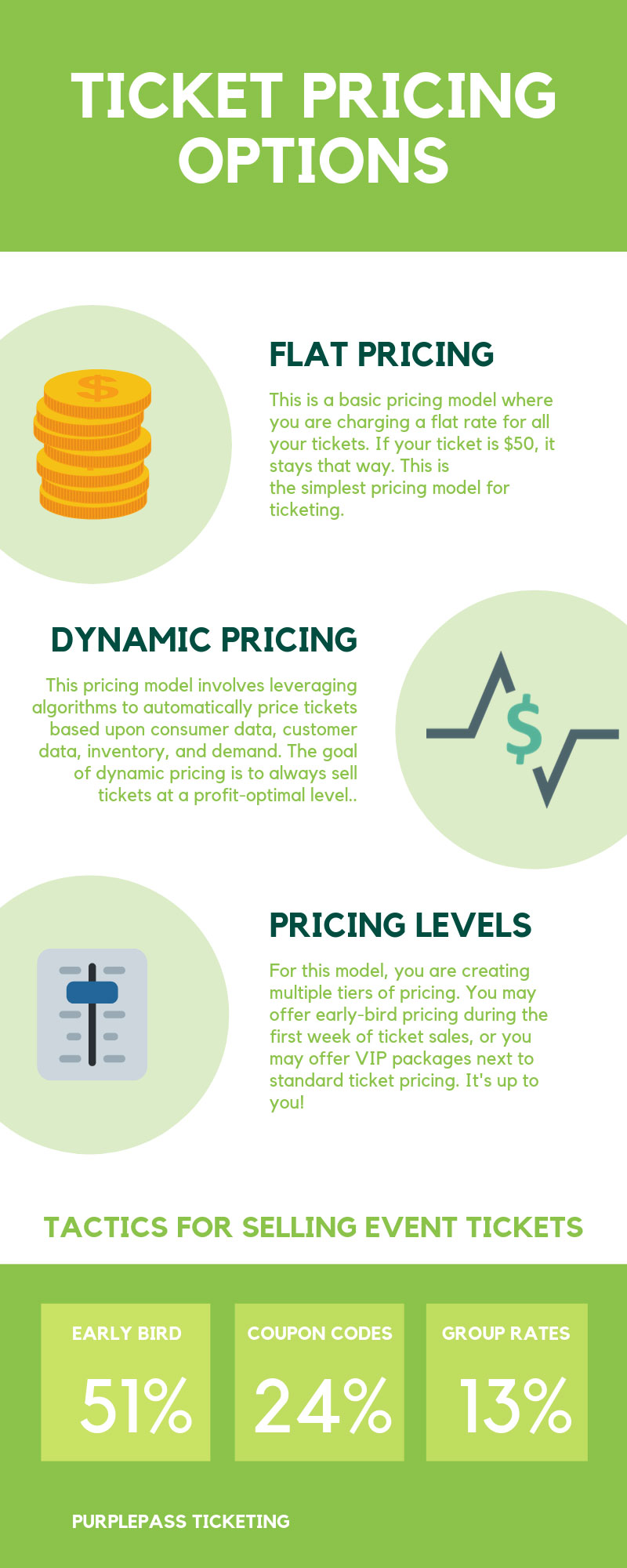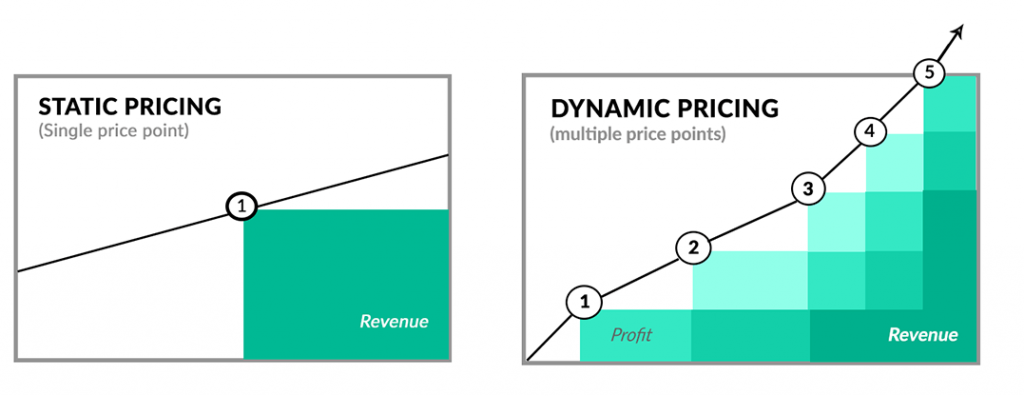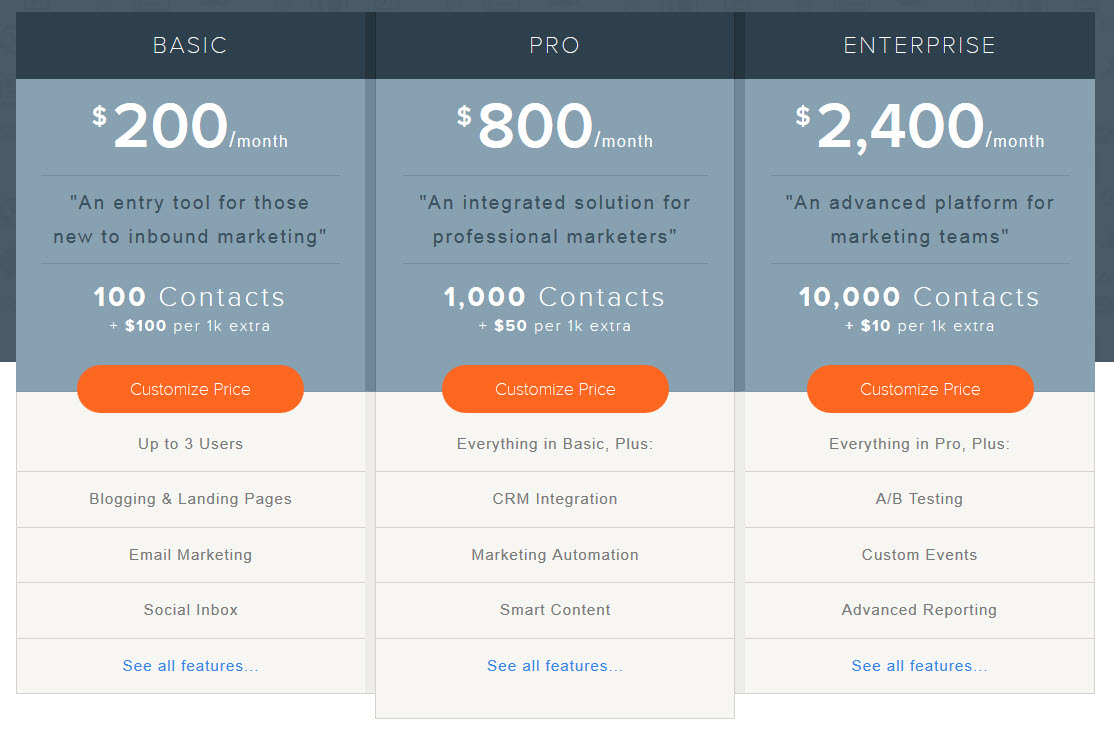3 Event Ticket Pricing Strategies for Ticket Sales Conversions
Every event planner has two favorite words — “Sold Out.”
Being able to hang that metaphorical sold out sign means that you’ve done it. You’ve completed the race, made the game-winning shot, scored the touchdown. Your event is a success! But, getting there isn’t always easy.
|
Start selling tickets today! Setup is easy and only takes a few minutes to |
And even some of the world’s most popular events struggle to sell out.
So, those big brands have come up with some unique strategies to pack their seats. Sporting teams leverage dynamic pricing models, and airports offered tiered pricing for a reason — it helps them sell tickets.
After all, a half-filled sporting event cheapens the brand, and a half-filled airplane can result in a negative ROI.
Well, a half-filled event can cause both!
Today, we’re going to look at three ticket pricing models that event planners can utilize to chase that big, beautiful sold-out sign.

Flat (Static) Pricing
This has been the de facto model for the events industry for years. Your tickets cost $50 for everyone. That’s it!
Well... sort of.
You can still leverage coupons to make sells, and you may still have kids prices. But, you’re charging a flat fee.
This isn’t as simple as it sounds. You don’t just want to abstract a price from outer space. You have to dig in and figure out how much you should be charging based off of past ticket sale data, competitors, region, target audience, the buyer’s persona, and more.
But, once you put in the time, do the research, and come up with a fair price — you’re done.
Dynamic Pricing
This pricing model is anything but flat. Dynamic pricing involves leveraging algorithms to automatically price tickets based upon consumer data, customer data, inventory, and demand. The goal of dynamic pricing is to always sell tickets at a profit-optimal level.

You see this used at sporting events constantly.
So, if your favorite team is the Padres, you’ll pay different prices based upon who they’re playing, weather, and all of the other factors that go into demand.
You can do the exact same thing for events. But, let’s add a big caveat here. If you don’t have the data to support dynamic pricing — don’t use it.
It’s not fool proof. And it can definitely cause awkward pricing spikes and create buyer’s friction if it’s not utilized properly.
Also, small events should typically avoid dynamic pricing. If you don’t have many seats, the pricing fluctuations will very consumer-obvious.
Pricing Levels
If you take flat rate pricing and mix it with a data-less dynamic pricing model, you’ll arrive at pricing levels. These levels can be as simple or as complex as you want.
You may offer early-bird pricing during the first week of ticket sales, or you may offer VIP packages — the system works the same.
With pricing levels, you create multiple tiers of pricing.
These can be based upon when people order the tickets. Or, you can even have VIP sections or season passes. The choice is yours!







